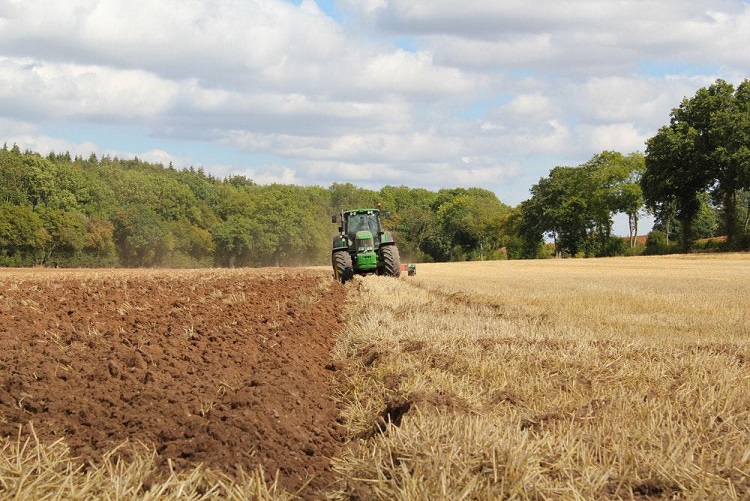Organic Versus Conventional Farming
Obesity is one of the fastest growing modern issues Americans face. In many European countries, American tourists are a novelty, since they’ve never seen such overweight people.
The level of fitness we see in foreign countries is the result of healthy eating. The citizens can usually tell you exactly where their food’s grown. It’s also common practice in these countries for people to eat a diverse plate of organic foods, and to take their time eating. This is in sharp contrast to the rapid gorging of processed foods we see in the states.

Having a healthy relationship with food is the first step to undoing the obesity crisis we currently face. It’s important to know what to look for when deciding what to eat. This starts with choosing organic foods over non-organic foods. So, what makes foods organic or not?
Many people see organic foods as a luxury, noting the higher price tag, without knowing the many characteristics that separate the two.
Conventional farmers often use:
- inorganic and
- synthetic fertilizers
instead of organic green plant waste or manure to naturally fertilize the land.
Some of the other techniques used in conventional farming include fertilizing with:
- human waste
- using pesticides
- and treating livestock with growth hormones.

A shocking truth is that many conventionally farmed foods are treated with radiation to control pests and preserve the food. It’s worrying to think that the foods we eat still have traces of pesticides, growth hormones and radiation.
The impact that conventional farming has on our farmlands is tragic.
Land that isn’t farmed organically is subject:
- to soil erosion
- and greatly decreasing the soil quality.
Again, this is the same soil that’s used to grow our food. Organic farming traditionally rotates crops in such a way that the soil never loses value. This lets the farmers use the same farmland for years without reducing yield.

How do we know whether a food is organic or conventionally grown? There are varying degrees of organic labels, ranging from 100% organic to only containing some organic ingredients. Food marketing does an expert job camouflaging unhealthy foods. It’s actually very helpful to know the USDA guidelines when deciding what foods to buy.
The USDA guidelines for organic labeling are:
- 100 percent organic: this label is typically only found on single ingredients, such as fruits or vegetables. However, it can still be found on products with more than one ingredient if every item is 100% organic. These items will prominently display a USDA organic seal on the package.
- Organic: products containing at least 95% organic ingredients, excluding salt and water, will have this label. Any items that are inorganic, up to 5 percent, must be from a list of acceptable ingredients determined by the USDA. These products will also receive a USDA organic seal.
- Made with organic: products that are made with organic ingredients must be at least 70% certified organic and will not carry a USDA organic seal. The ingredients list under the nutrition label will note which ingredients are organic or not.
- It has organic ingredients: if the product contains less than 70% organic ingredients, it cannot be labelled as organic. The ingredients label will still specify which ingredients are organic, though.

Another clever trick food companies use is labeling food as “natural” or creating packaging with earthy colors like green and brown. The term “natural” doesn’t legally mean anything, and even a fast food company can market their foods as being natural. This leads to many shoppers mistaking “natural” for “organic” when selecting their foods. “Natural” foods don’t go through the rigorous standards that organic foods must pass to be certified.
If the conventional farming methods used to produce non-organic foods aren’t enough reason to eat organic, then maybe the benefits of eating organic foods will.

These benefits include increased nutrition, flavonoid, and antioxidant availability. Additionally, there are fewer toxic metals in organically grown foods.
Another benefit to consuming organic foods is an absence of pesticides and growth hormones.
There’s substantial evidence that organic foods are healthier to the human body. Always buy your produce from the farmer’s market and build a relationship with the organic farmers there. This connection with our farmers could be the linchpin to saving the United States from the path of obesity and heart disease.

Marla, Another great article. Recently watched the film, Secret Ingredients by Jeffrey Smith and Amy Hart from the Institute of Responsible Technology (https://freeshowing.secretingredientsmovie.com/). A good companion film to your blog. Thanks! Nancy
Hi Nancy,
Thanks so much for sharing the link to the film. I will watch it. I am glad you liked my article. Thanks so much for stopping by and commenting. Have a healthy, happy & blessed day.